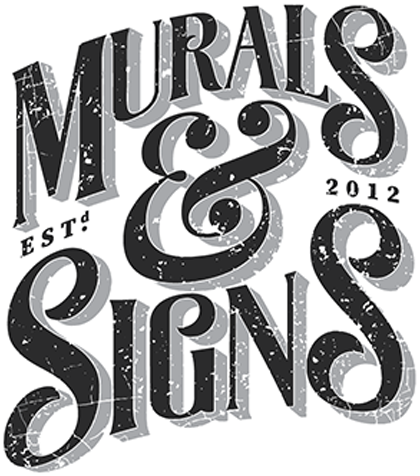In the realm of artistic expression, commercial mural artwork stands as a dynamic medium that transforms public spaces into vibrant canvases. However, beneath the surface of these captivating creations lies a complex landscape of legal considerations, primarily concerning copyright and licensing. This comprehensive guide delves into the intricate world of copyright protection and licensing in the context of commercial mural artwork.
Unveiling Copyright Basics for Mural Art
At the heart of understanding copyright in commercial mural artwork is grasping the fundamental concepts that underpin artists’ rights and protections. Key components include:
Originality
Copyright protection hinges on the originality of the work. A mural artist automatically gains copyright as soon as they create the original design and expression. This extends to the visual elements, composition, and overall artistic concepts.
Fixed Expression
For copyright protection to apply, the mural artwork must be fixed in a tangible form, such as a painted wall or a digital rendering. This permanence ensures that the creation can be reproduced, displayed, and appreciated over time.
Rights Granted by Copyright
Copyright grants the artist exclusive rights to their mural artwork, including the right to reproduce, distribute, display, and create derivative works. These rights allow artists to control how their creations are used and shared.
Copyright and Mural Collaborations
In the realm of mural collaborations, understanding copyright becomes more intricate. Address these factors:
Joint Authorship
When multiple artists collaborate on a mural, they may be considered joint authors with shared copyright ownership. Determining the extent of each artist’s contribution is essential for dividing copyright rights.
Copyright Transfer
In some collaborations, artists may transfer their copyright to a client or collaborator. This often requires a written agreement outlining the terms of the transfer and the scope of usage rights granted.
Navigating Licensing for Mural Artwork
Licensing serves as a crucial mechanism for granting permission to use copyrighted mural artwork. It involves granting specific rights while retaining overall ownership. Key licensing considerations include:
Exclusive vs. Non-Exclusive Licenses
An exclusive license grants the licensee exclusive rights to use the mural artwork within defined parameters. Non-exclusive licenses allow the artist to grant similar licenses to others.
Scope of Usage
Licensing agreements should outline the scope of usage rights granted to the licensee. This includes details such as where the mural can be displayed, how it can be reproduced, and the duration of the license.
Compensation and Royalties
Artists often receive compensation for licensing their mural artwork. Licensing agreements should clearly state the compensation structure, whether it’s a flat fee, royalties based on usage, or other arrangements.
Commercial Considerations for Mural Licensing
Commercial applications of mural licensing introduce specific considerations:
Client Agreements
Commercial clients seeking to license mural artwork for their spaces should have a clear agreement outlining the scope of usage, compensation, and any restrictions on alterations or modifications.
Public Display
Mural artists should consider whether the licensed artwork will be displayed publicly. Clear usage terms should address whether the mural can be photographed, shared on social media, or used in promotional materials.
Enforcement and Protection of Copyright and Licenses
Understanding copyright and licensing is not only about granting permissions but also about protecting artists’ rights:
Copyright Registration
Although not a requirement, registering copyright with relevant authorities strengthens legal protection and provides a basis for enforcement in case of infringement.
Monitoring and Enforcement
Artists should actively monitor the usage of their licensed mural artwork to ensure compliance with the terms of the license. In cases of unauthorized use, appropriate actions can be taken to enforce the license.
Conclusion
The journey of commercial mural artwork is one that weaves creativity and legal intricacies together. The foundation of copyright protection and licensing empowers artists to safeguard their creative expressions while granting opportunities for collaboration and engagement. Navigating the nuances of copyright ownership, licensing agreements, and commercial considerations is an essential skill that ensures artists’ contributions are valued and respected. As mural art continues to reshape urban environments, the mastery of copyright and licensing becomes a hallmark of artists who not only create visual wonders but also navigate the legal landscape with finesse and confidence.
Negotiating terms and conditions in commercial mural contracts
